Museums issue £20m funding plea ahead of budget
The most at-risk local authority museum services need £20m to continue operating, the body that represents them has warned. Ahead…
The most at-risk local authority museum services need £20m to continue operating, the body that represents them has warned. Ahead…
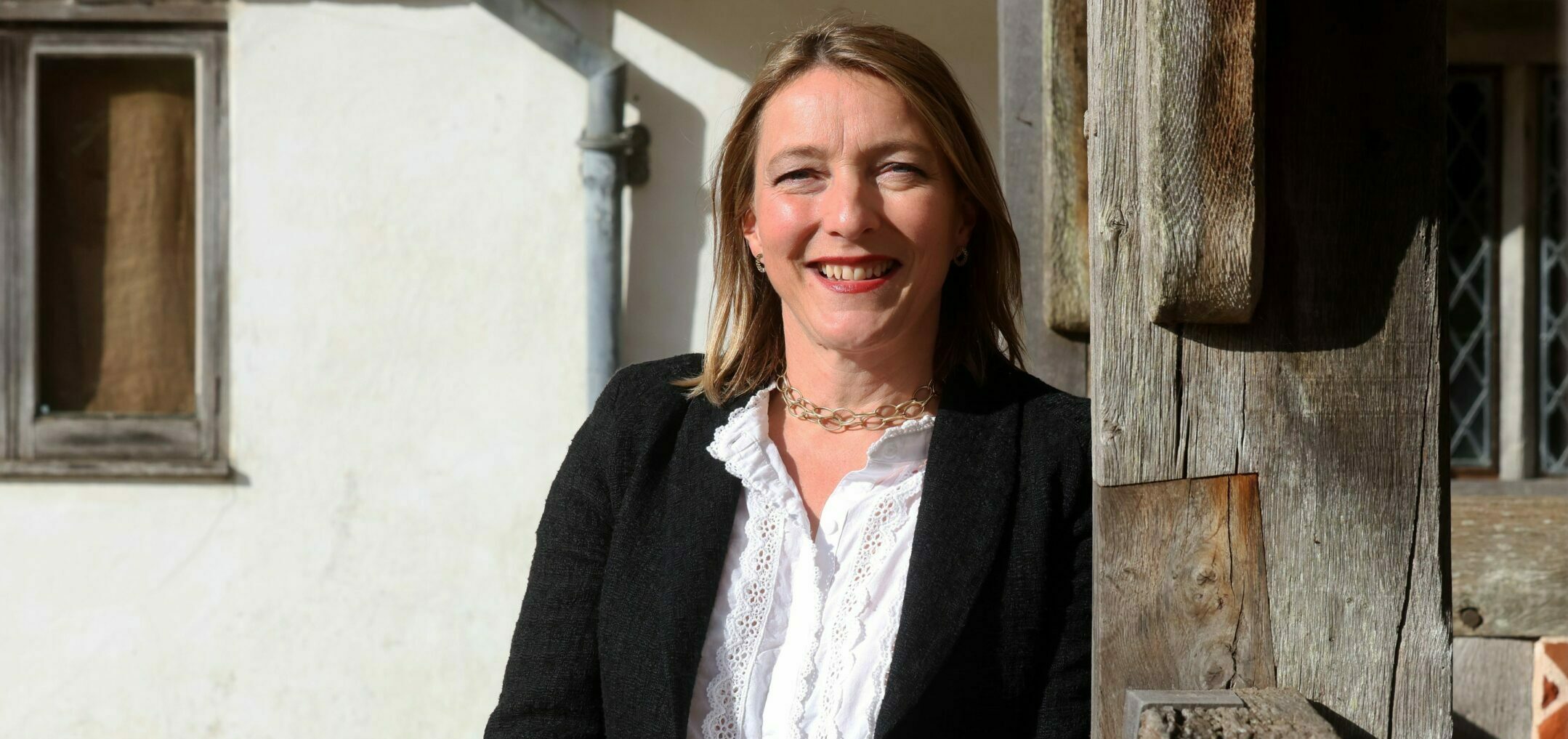
Weald & Downland Living Museum has appointed TILLY BLYTH as its new director following SIMON WARDELL, who steps down after six…
A ban on visitors bringing liquids into the National Gallery has been introduced in response to recent attacks on paintings within…
The National Maritime Museum in Cornwall will close for six weeks so repairs to fix leaks in the building’s roof can take place….
Security guards at the Science Museum and the Natural History Museum Security will go on strike later this month over pay. The sta…
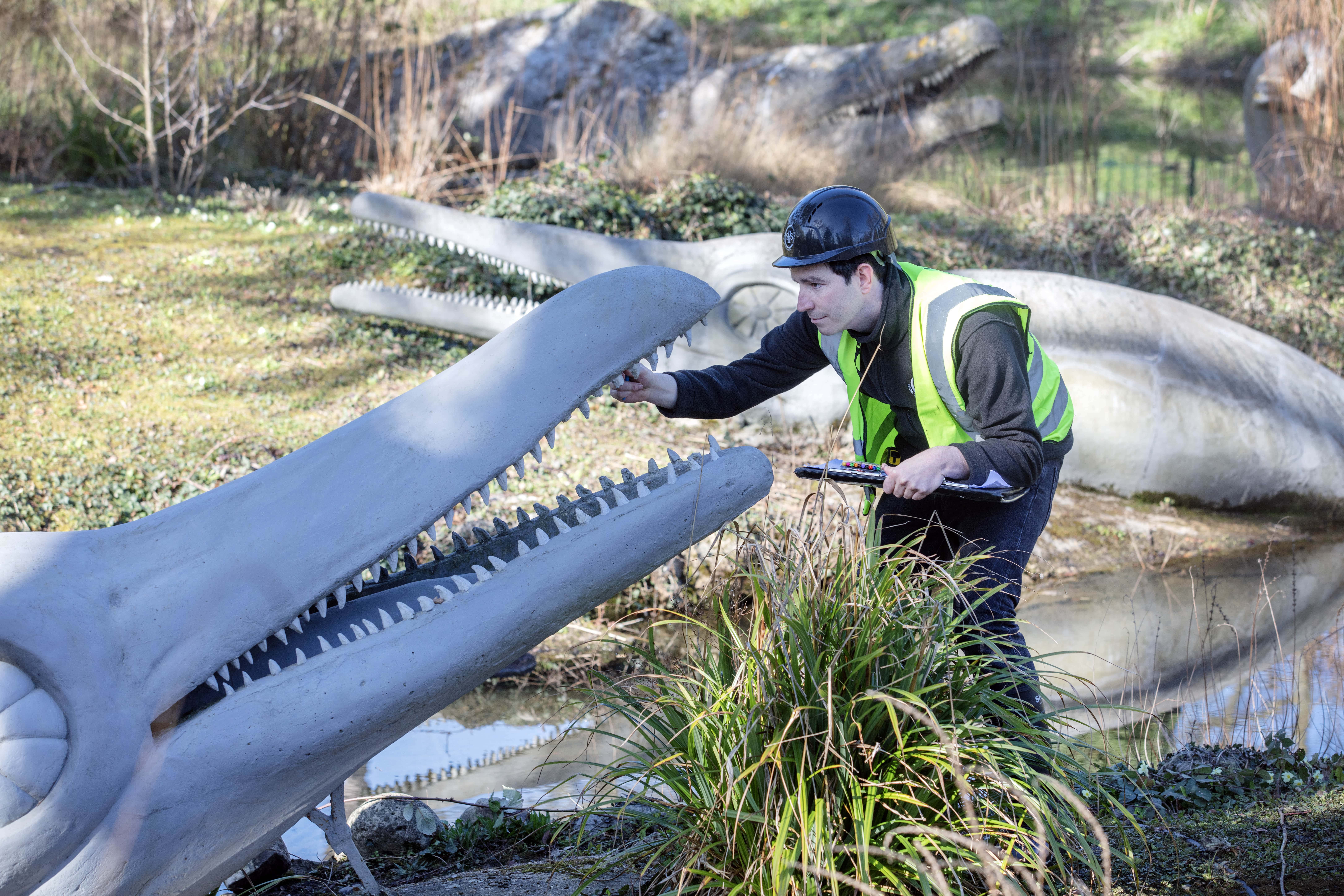
The National Lottery Heritage Fund has announced £30m of funding for 15 projects to mark its 30th anniversary. The grants include…
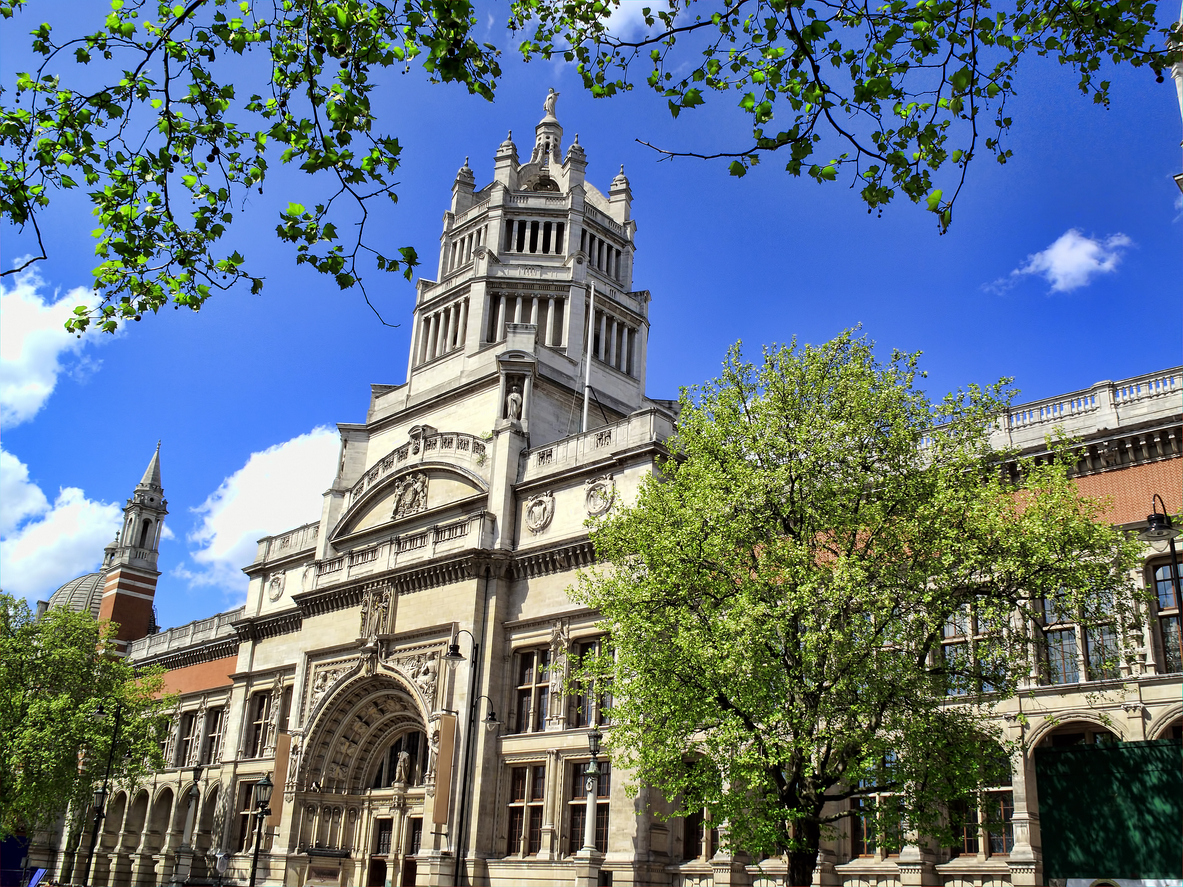
Prime Minister Keir Starmer has re-started the process of appointing a new chair for V&A after earlier attempts to fill the po…
A new £1m digital modelling and analysis centre for the conservation and heritage science sector will open next year, it has…
The Natural History Museum has announced that it is involved in developing its first touring theatrical show. Dinosaurs Live! will…
A research project is supporting a set of museums and galleries to make their collections more accessible for people with disabili…
A building surveyor from Bristol has been sentenced to six and half years in prison after being convicted of 28 offences relating…
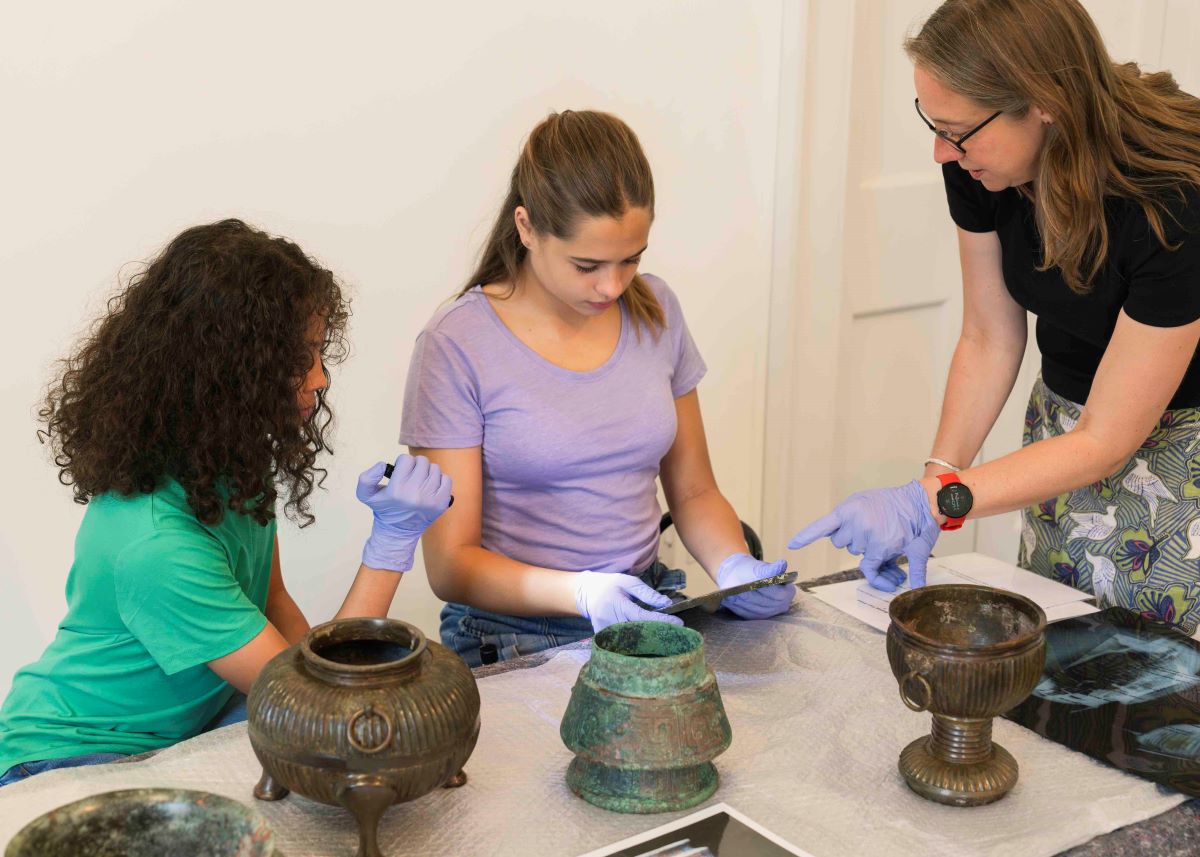
As the new academic year gets underway, Robert Dingle reflects on how collaboration between museums and schools can provide a rich…
Museums across the UK will work on ways to use culture to support children in their early years as part of a £1m pilot progr…
The Director of the British Museum, Nicholas Cullinan, has said he plans to keep the institution free to all visitors. Speaking to…
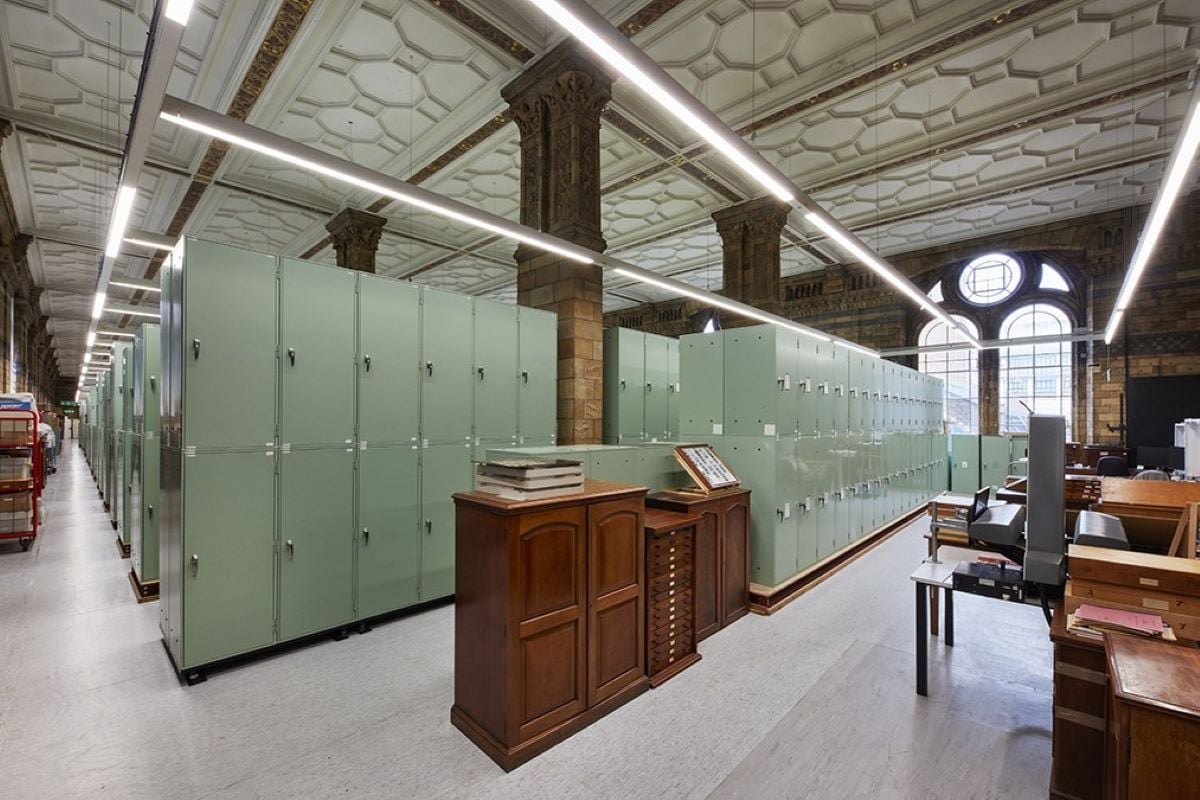
Museum's Director says works are part of institution's ambition to become a "catalyst for change" on environment…
A digital platform that will bring together more than 100 million object records from 1,750 accredited museums and other collectio…
Save the Children has pulled out of an event at London's Science Museum following concerns among its supporters about the inst…
A collection of artefacts of significant cultural importance to the Aboriginal Warumungu Community in Australia's Northern Ter…
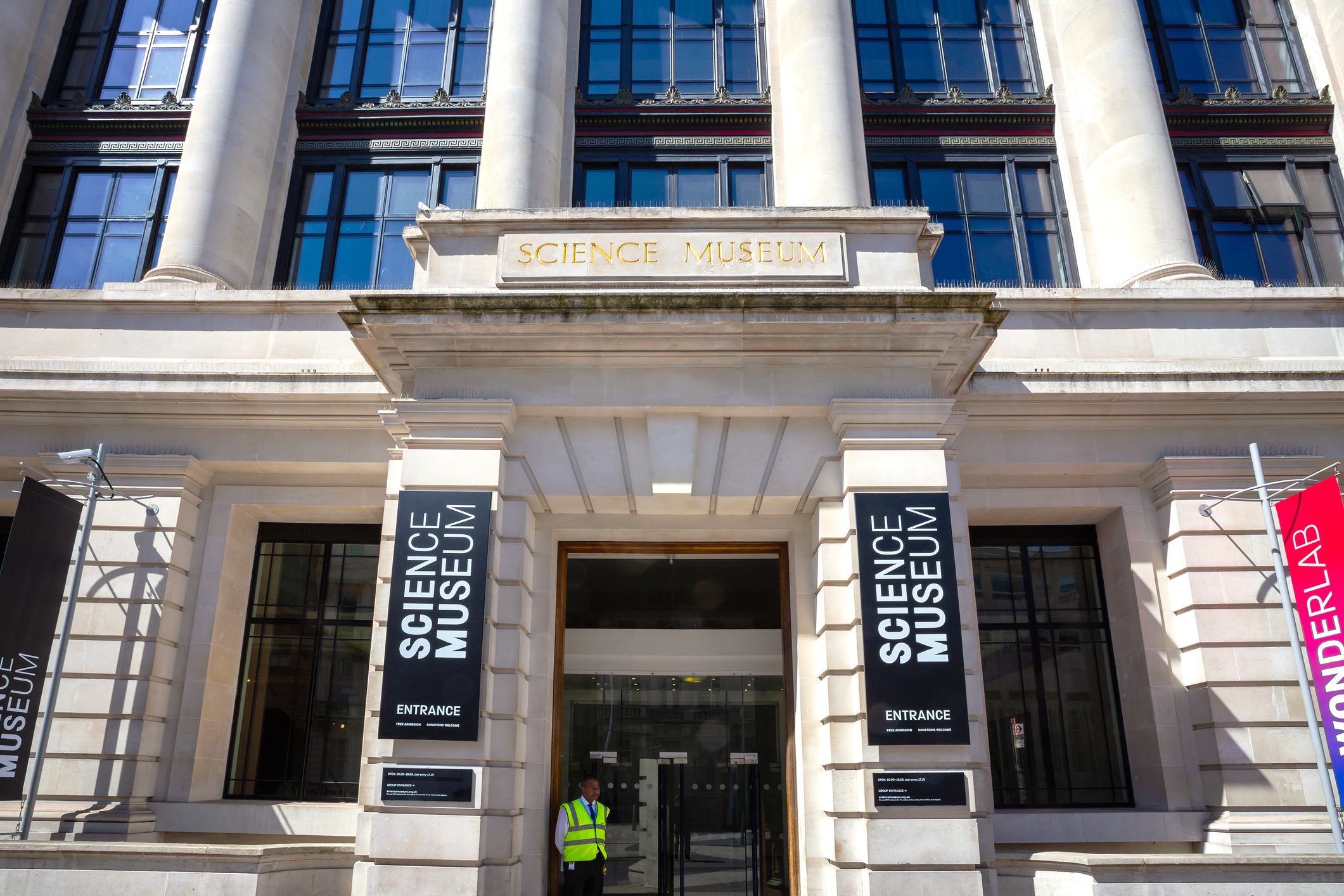
Security guards working at the Science Museum and the Natural History Museum are being balloted on strike action for a pay rise to…
A council report has warned that plans to revamp Hereford Museum and Art Gallery could cost £21.8m instead of the £19….
The Mayor of London and the City of London have committed an additional £25m each toward the renovation costs of old market…
Nottingham City Council is considering operating its museums and galleries under a charitable trust model. Commissioners were appo…
Shakespeare Birthplace Trust has been gifted £1m from American playwright Ken Ludwig, the largest private donation in the tr…
The National Trust has "much more" to do in order to ensure it has a diverse workforce, according to the organisati…